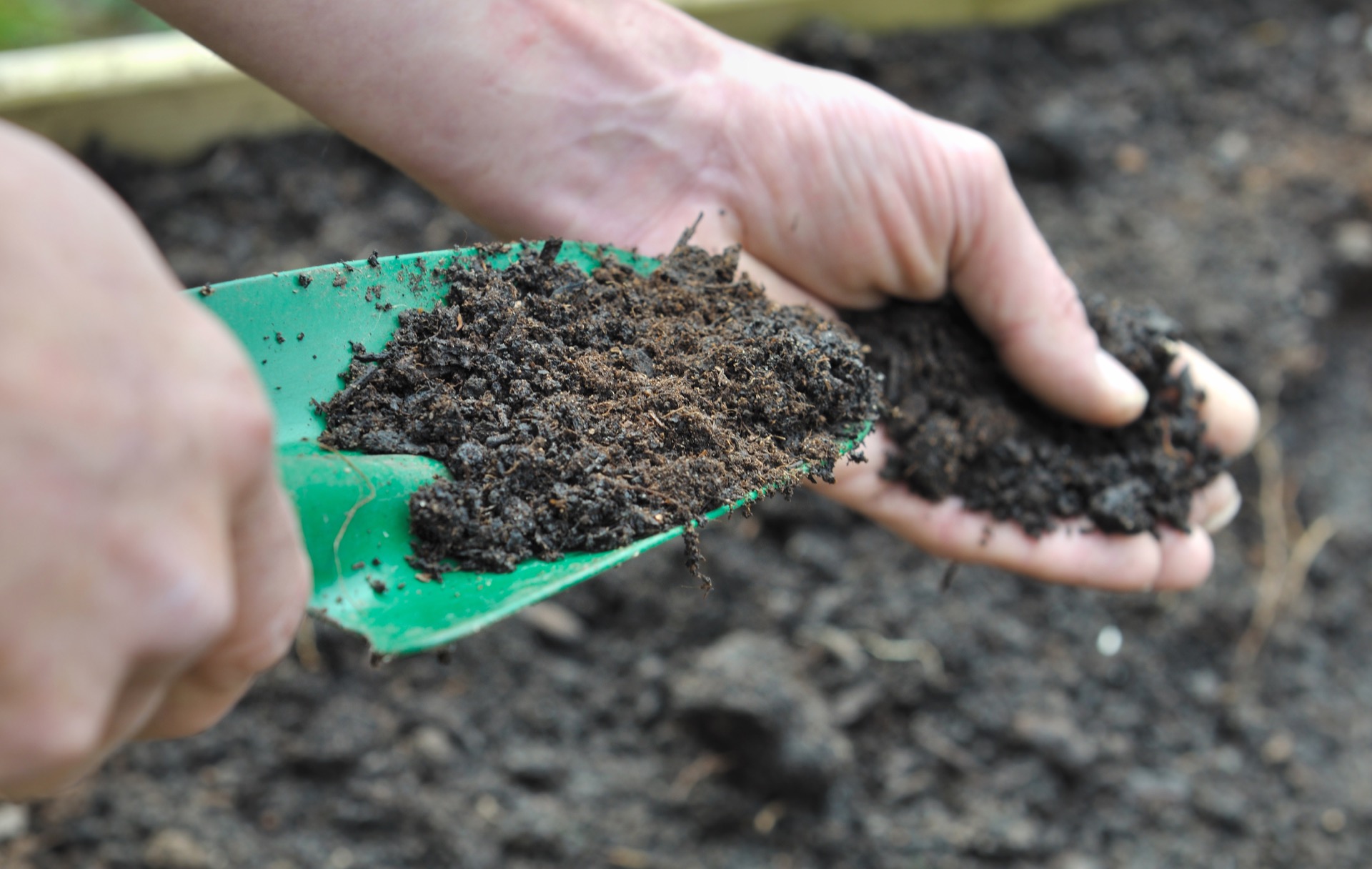
09 Mar Why Bio-Hum is ideal for use in bedding and intensive feeding environments
Making the most of on-farm resources helps growers run more sustainable, profitable farming enterprises. Biolink’s Bio-Hum is a natural, microbial-based fertiliser containing six powerful microbial groups plus humic fulvic acid.
Bio-Hum helps break down waste and release nutrients. In an intensive farm environment where bedding can become contaminated, this is great for both animal health and for the wider environment.
Increases nutrient efficiency
The soluble humic fulvic acid in Bio-Hum holds essential nutrients in bedding and feed pens without causing issues for livestock. This means they’re not lost into the atmosphere or through leaching into the soil and waterways.
Assists in the oxygenation of the bedding and feed pen environment
Every atom of humic fulvic acid is highly oxygenated. This means it can break down biofilm and water surface tension.
In environments such as poultry sheds, dairy lofting barns, and calf-rearing facilities, this means that it oxygenates the floor at a molecular level. This helps avoid the problems often associated with animals coming into contact with a damp floor. In barn-fed chickens, this includes foot pad burns, hock burns and breast blisters.
To compost these bedding environments, you need carbon, nitrogen and oxygen. Animal housing facilities already have nitrogen in them from waste, and the floor bedding provides some carbon. But often, we miss that third element: oxygen.
Humic fulvic acids provide this oxygen. It’s what helps the floor to dry. Plus, it breaks the surface tension of water, so moisture in these environments evaporates more quickly.

Develops and increases the beneficial microbes
The six beneficial microbial groups in Bio-Hum have the ability to compete with pathogenic bacteria. This helps maintain a more stable and healthier environment.
They are:
- Entercoccus Faecalis
- the Lactobacillus Group
- Pediococcus pentosaceus
- the Aspergillus Group
- Saccharomyces cerevisiae, and
- Bacillus Subtilis
Transforms bedding and waste materials into a valuable, cost-effective resource
As beneficial microbials are infused into the waste material, more nutrients are properly held and the value of the waste as a fertiliser increases.
Once spread out onto paddocks, the carbon and moisture-holding capacity in soils also increases. It should also increase the sustainability and growing season of crops and pastures where applied. This helps farmers mitigate against the rising cost of nutrients.
Made in Australia, Bio-Hum contain NO restricted animal material



